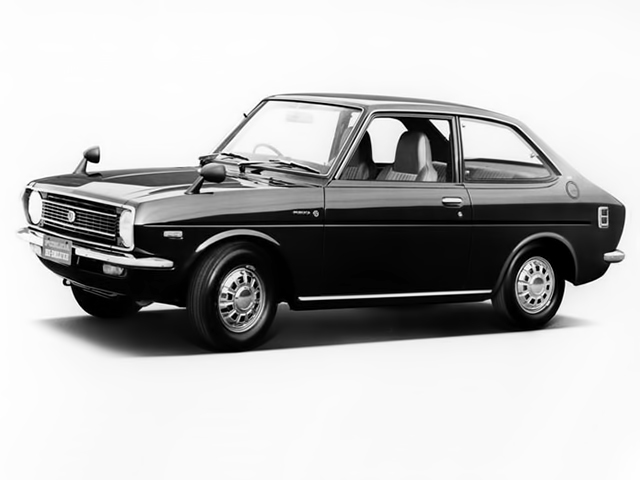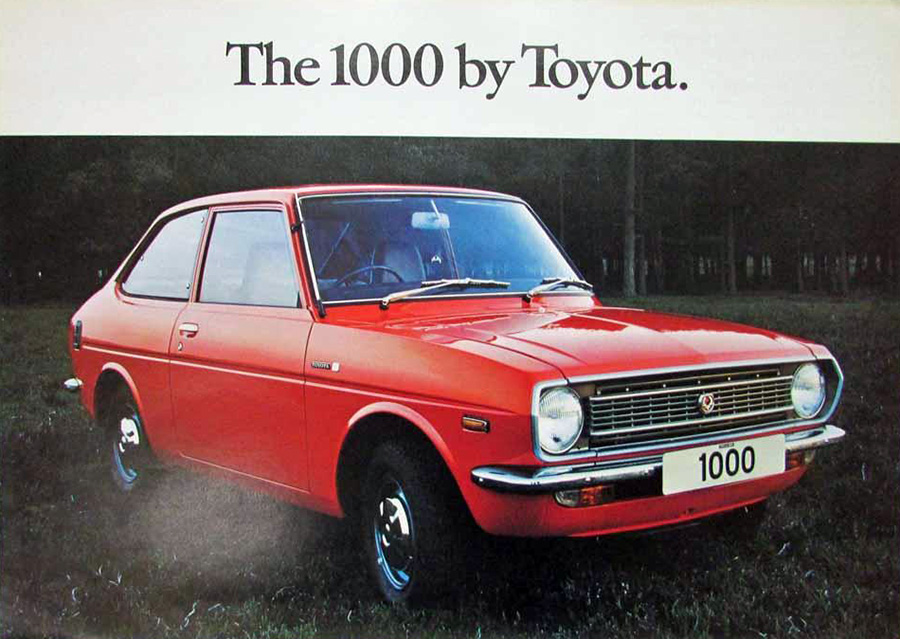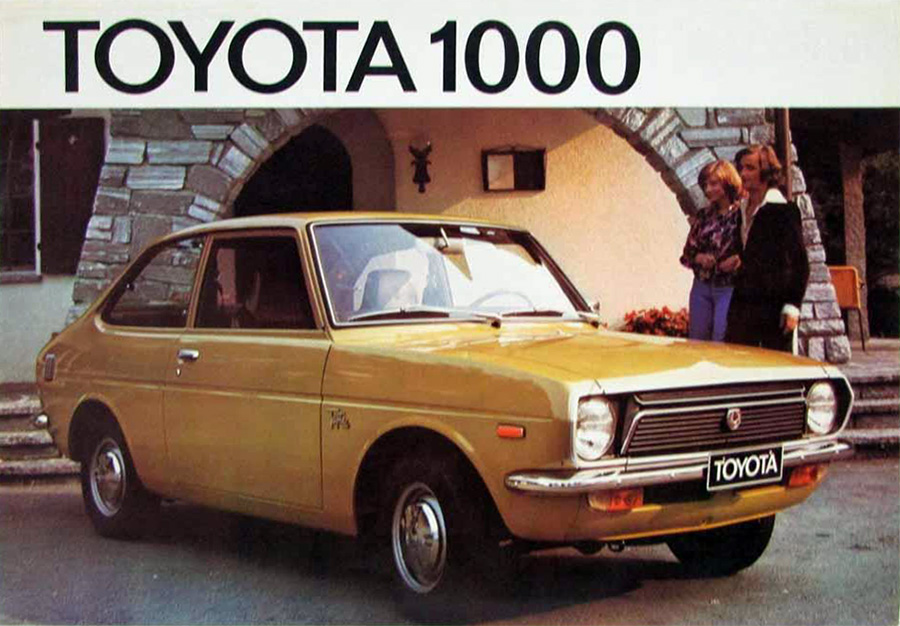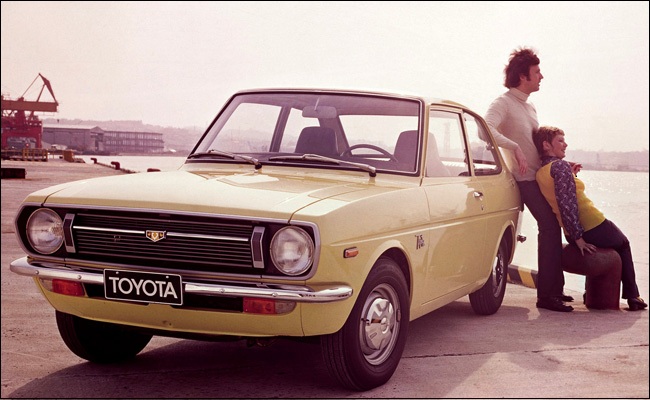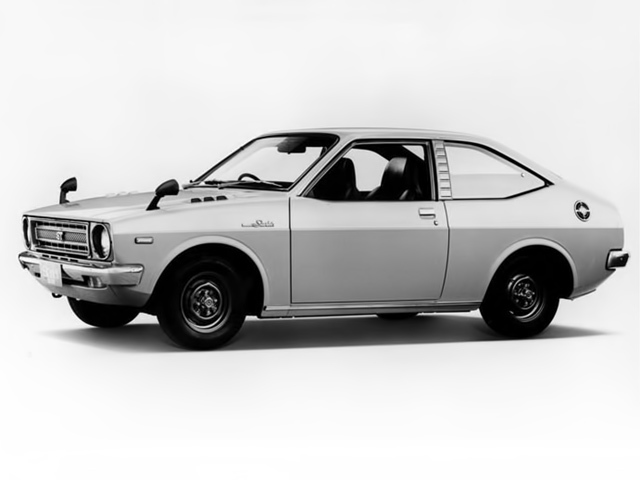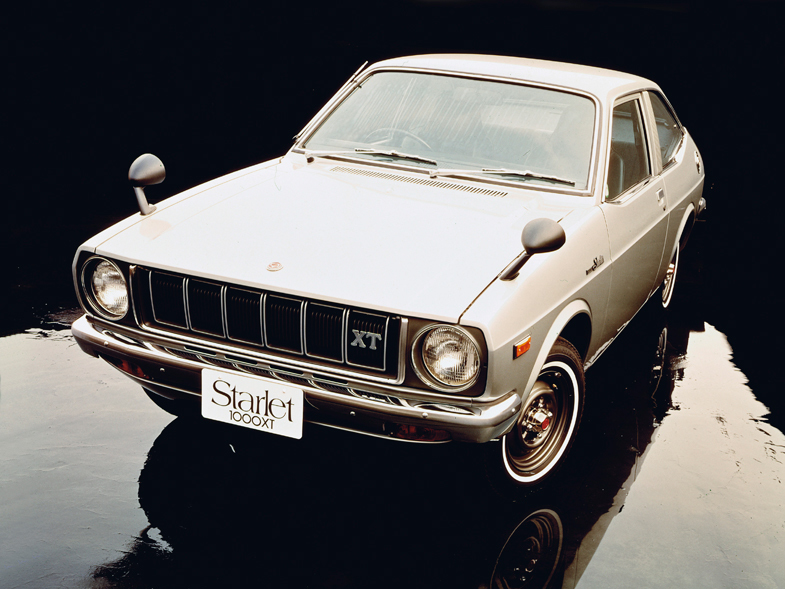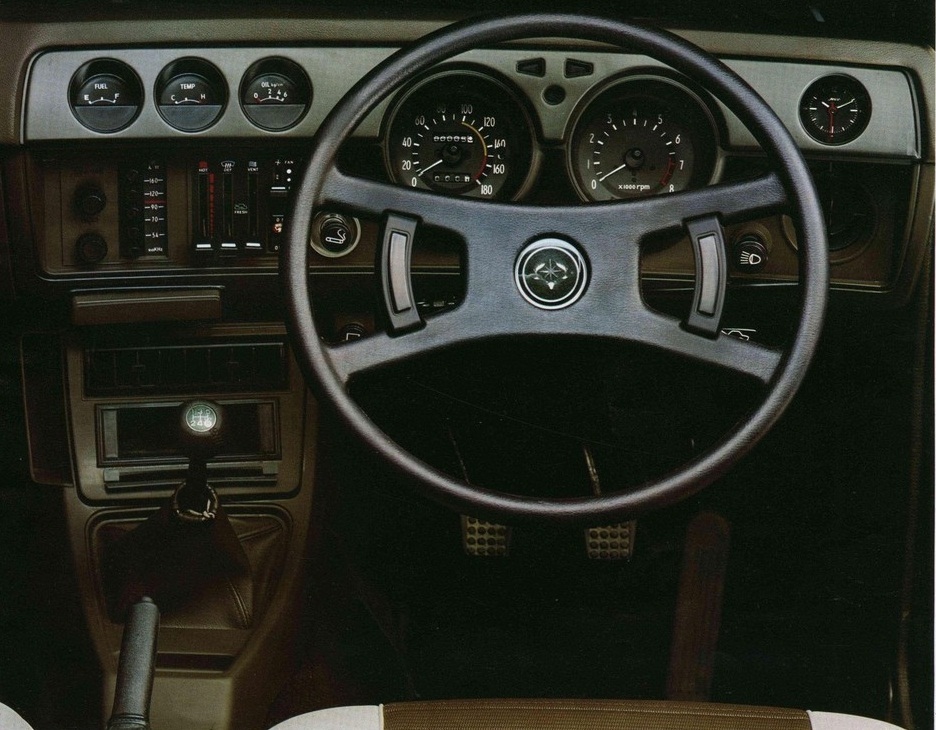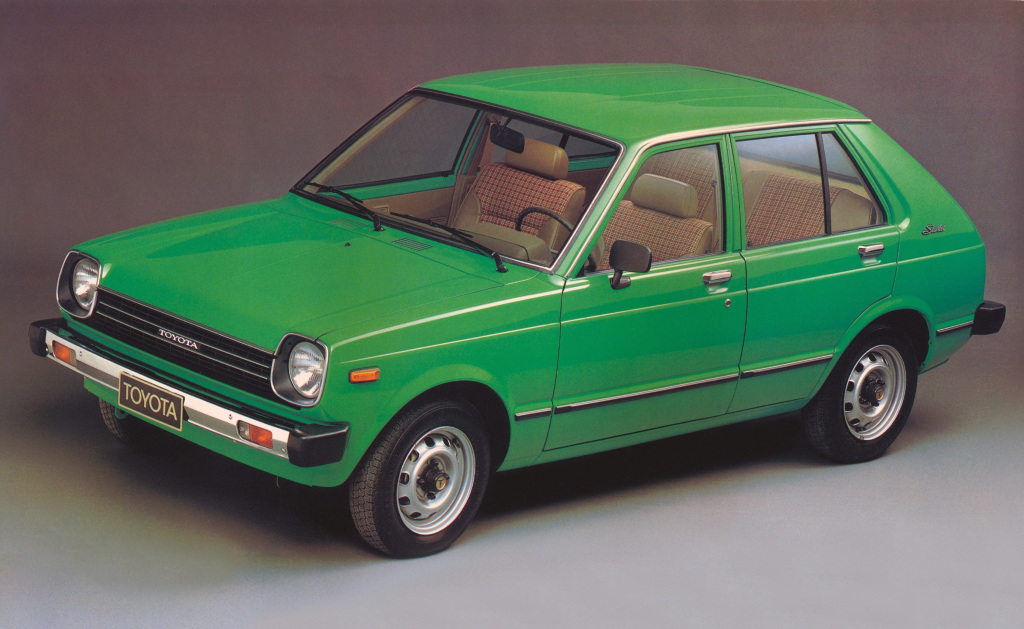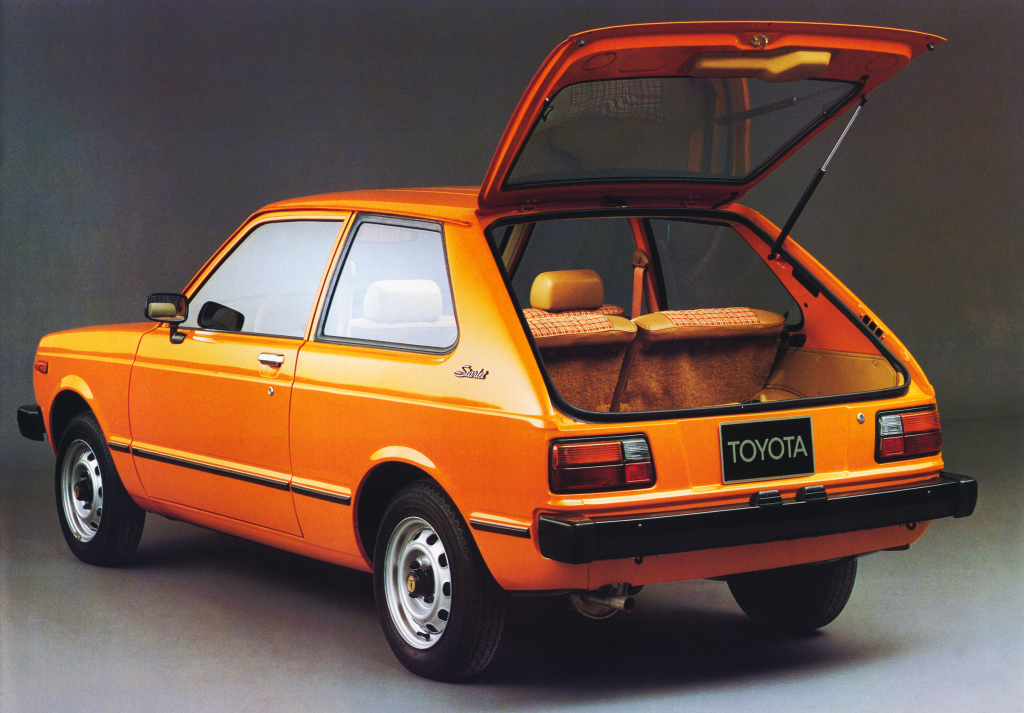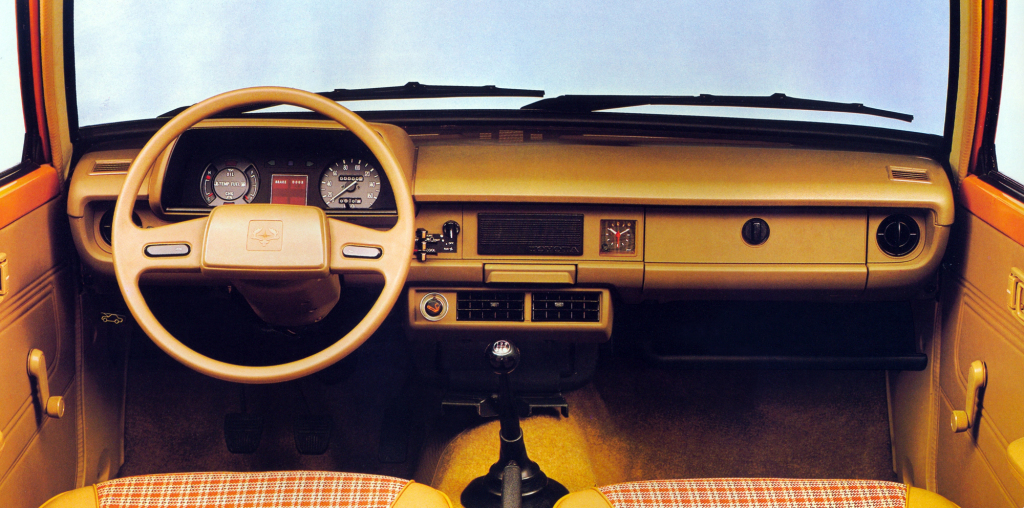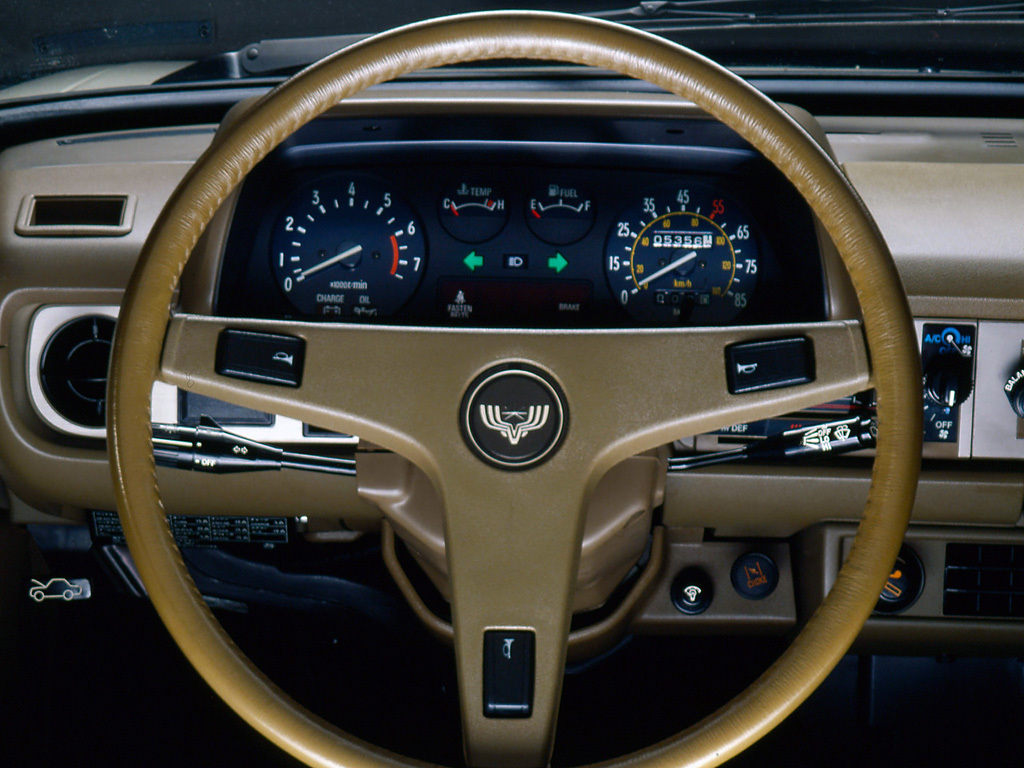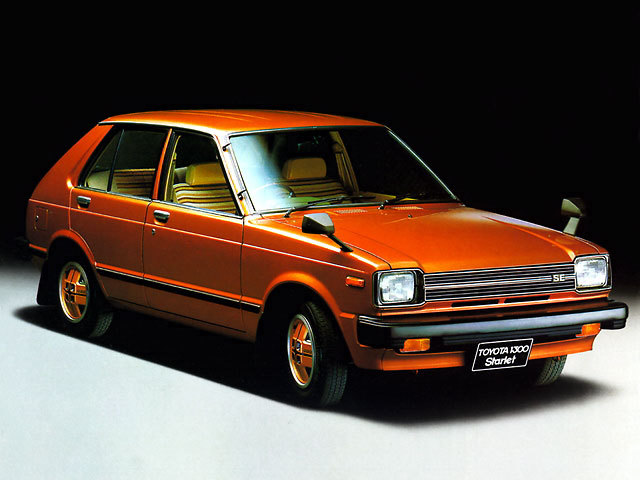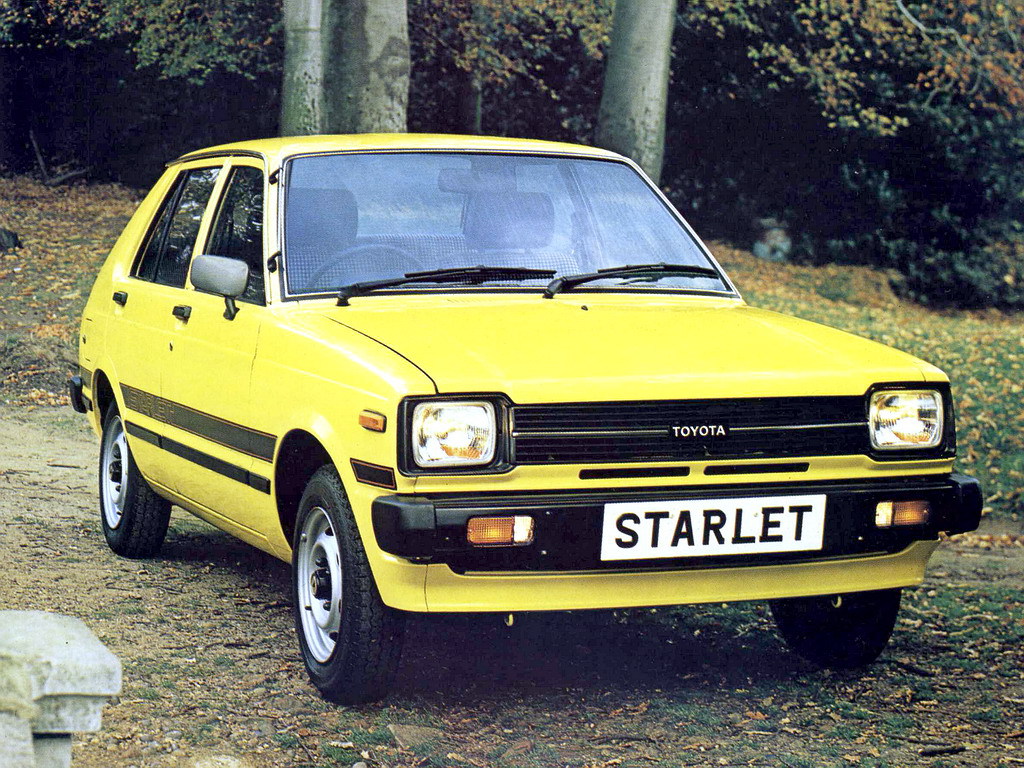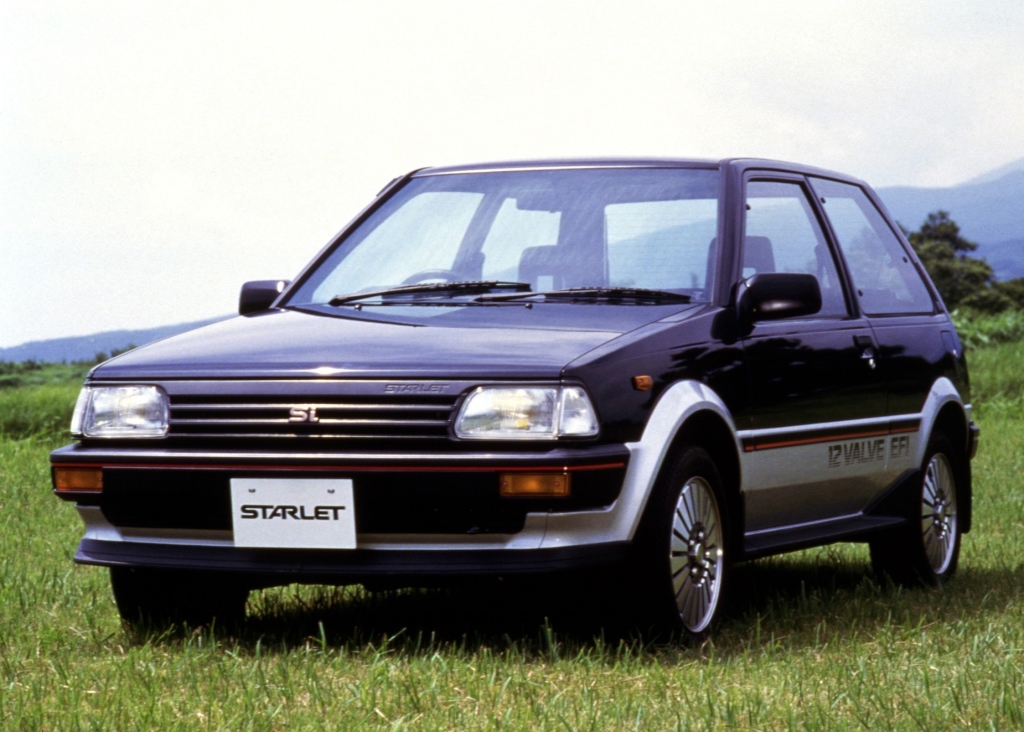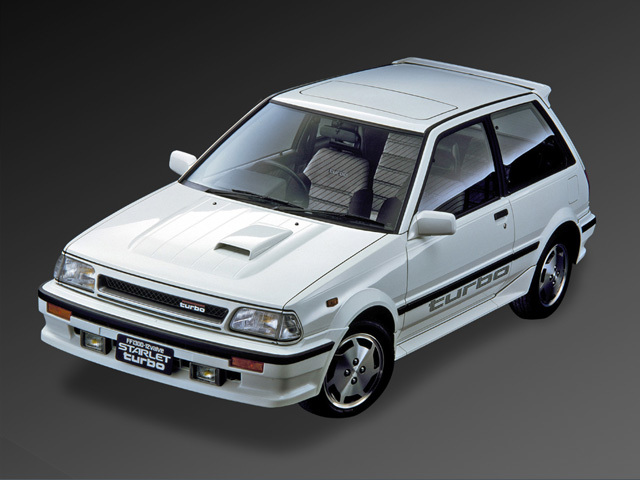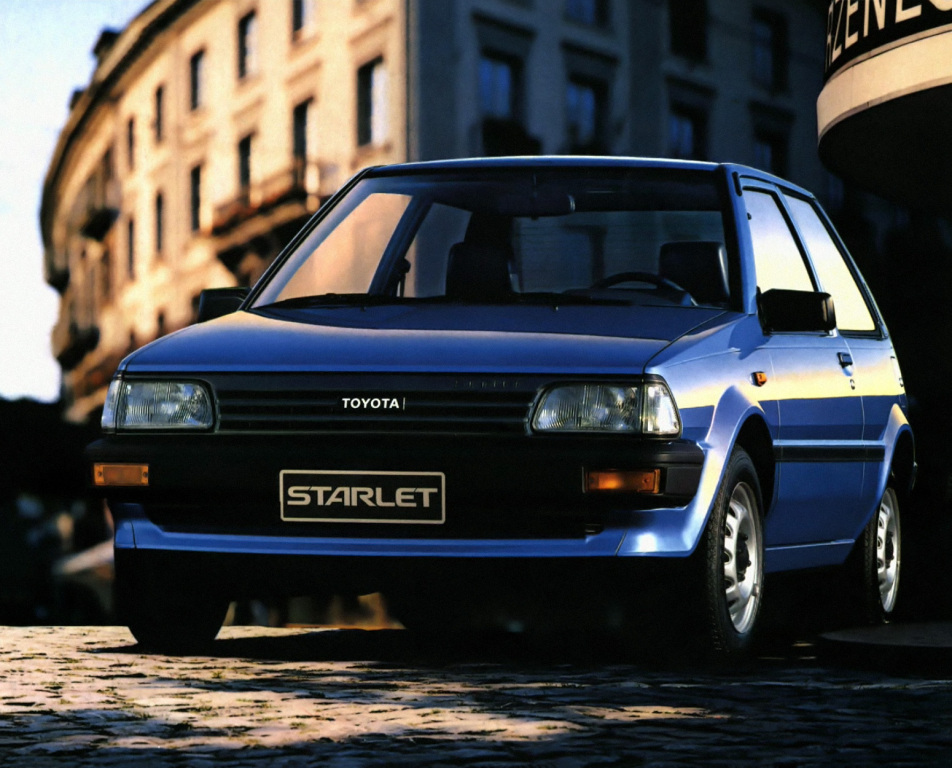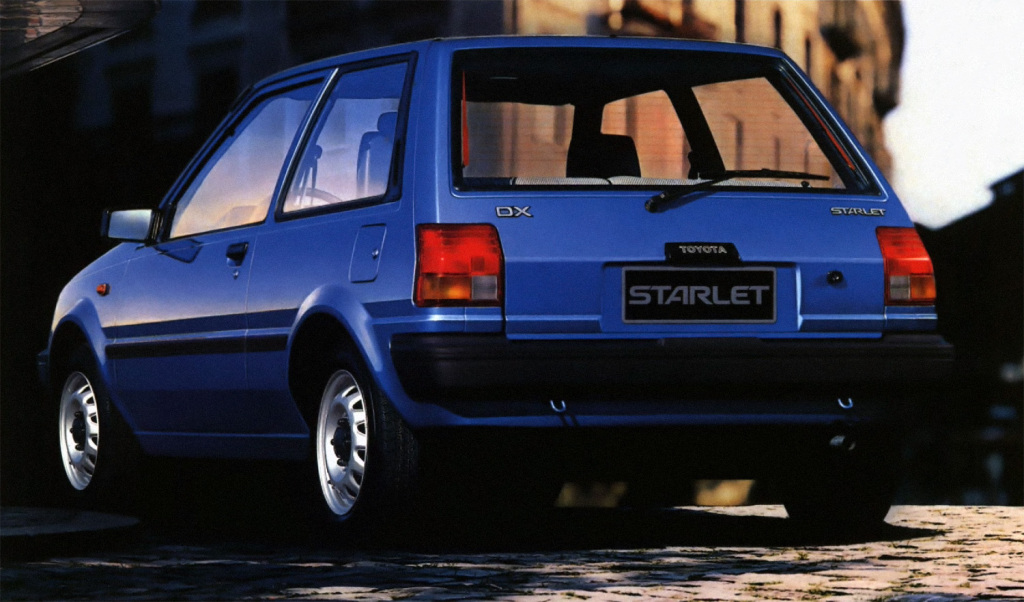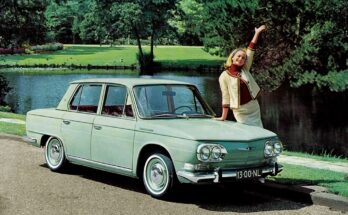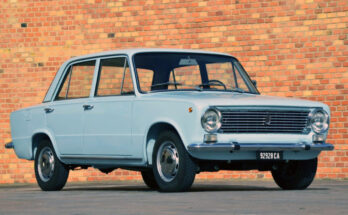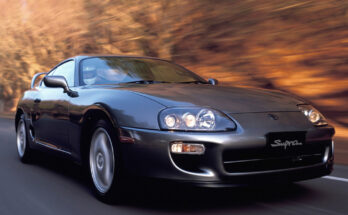The Toyota Starlet, a compact hatchback renowned for its practicality and reliability, remains a cherished memory among enthusiasts. Introduced in the 1970s, it earned a loyal following for its efficient performance and timeless design. Though discontinued, the Starlet’s legacy continues to evoke nostalgia for an era of simple, dependable motoring.
There were certain cars in our market that were extremely popular in their times but faded into history as time progressed. One such reliable and highly successful car of its class was undoubtedly the Toyota Starlet.
Many might have had this vehicle in the past, as its success in our market spanned for nearly two decades. Let us take a look at this popular car from the past, that once ruled the hearts of our people.
The History & First Generation Starlet
Toyota 1000/ Publica Starlet
The Toyota Starlet chronicle began in April 1973. The first Starlet model appeared as the Publica Starlet coupe that acted as a flagship variant of the third-generation Publica facelift range in Japan. The Publica was known as the Toyota 1000 in export markets.
Related: From the Forgotten Pages of History
Aimed at the young car buyers of that era, the Starlet had a unique fastback-style body that was a size larger than the regular Publica range. It was immediately identified by the kicked-up beltline at the rear quarter window, which wrapped around the C-pillar to reach the bottom of the rear screen.
The first-generation Toyota Starlet
Since the Starlet was originally spawned from Publica, it always carried a ‘P’ letter in its chassis code. The first generation was called P40/P50 and was produced between 1973 and 1978. The engine and transmission options were picked from the Publica series and the Corolla. It included 1.0 and 1.2-liter K-series engines paired to either a four or five-speed manual gearbox or a two-speed automatic. In February 1976, the first-gen Starlet received a facelift.
Second Generation
In February 1978 the Publica and Publica Starlet were consolidated into the new Starlet range, while the longstanding Publica name was officially discontinued.
Related: 50 Years of Toyota Hilux
The second generation Starlet, identified as P60 chassis code, became Toyota’s new entry-level model, following the two-box hatchback design that had become the global standard for compact cars at that time.
The second-generation Toyota Starlet
Like most competitors, it was available in three- and five-door body configurations, however, Starlet differentiated itself by retaining a front-engine, rear-wheel drive layout. Although in international markets the P60 Starlet carried 1.2 and 1.3-liter engines as well, however in our market the 1.0-liter K series engine was found in the majority while 1.2-liter versions were available in limited numbers. Transmission choices were chiefly 4-speed manual, however 5-speed manual, and 3-speed automatic versions were available with the facelift versions.
Related: From the Era When Cars Looked Like Cars..
Produced between 1978 to 1984, the P60 Starlet received two major facelifts. In 1980 it adopted square headlights replacing the circular ones and a second facelift followed in 1983 to incorporate a slant nose front end, and a lower rear hatch opening.
The P60 offered a number of mechanical advancements. While the front suspension inherited the MacPherson strut and coil spring setup, the rigid rear suspension was switched from leaf springs to a four-link coil spring system. The Starlet P60 was also the first Toyota passenger car to employ highly responsive rack-and-pinion steering, along with the front wheel disc brakes.
Third Generation
The third generation starlet, known as the P70 series was introduced in October 1984. With this generation, the Starlet switched from rear-wheel to front-wheel drive, the layout that had become a norm by that time. The Starlet was pretty late in adapting front wheel drive as rival cars like the Daihatsu Charade were already front-wheel driven since the late 70s.
Related: Daihatsu Charade- The Most Successful Hatchback Of Its Era
The P70 also deployed more modern 12-valve 1E and 2E engines instead of the old K-series units. The primary engine option remained the 1.0 liter, however, 1.3 liter naturally aspirated as well as turbocharged 2E engine options were also available.
The third-generation Toyota Starlet
The P70 was the last Starlet generation to be available in Pakistan and its sales always lagged behind rivals such as the G11 Daihatsu Charade and the MK-I Suzuki Swift which later became Khyber and went on to become a household name among 1000cc hatchbacks in our market. Furthermore, the imports were tightened in order to flourish the local industry hence imported cars particularly after the late 80s started to become a rare sight in our country. Though some rare newer generation Starlets can be seen in some road shows and events today, they were never sold in volumes.
continued on the next page…

A computer animation professional with over 23 years of industry experience having served in leading organizations, TV channels & production facilities in Pakistan. An avid car enthusiast and petrolhead with an affection to deliver quality content to help shape opinions. Formerly written for PakWheels as well as major publications including Dawn. Founder of CarSpiritPK.com

